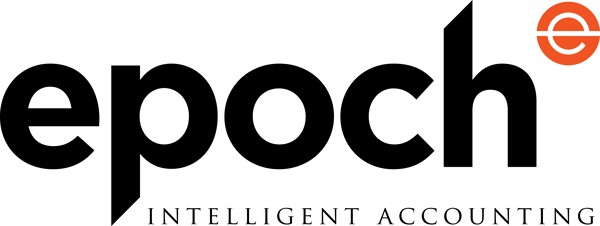It’s not uncommon for business owners to pour their money into a business to get it up and running and to sustain it until it can survive on its own. A recent case highlights the dangers of taking money out of a company without carefully considering the tax implications.
A case before the Administrate Appeals Tribunal (AAT) was a loss for a taxpayer who blurred the lines between his private expenses and those of his company.
The taxpayer was a shareholder and director of a private company that operated a business. Over several years, he withdrew and paid personal private expenses from the company bank account, but the amounts were not recognised as assessable income.
Following an audit, the ATO assessed the withdrawals and payments as either:
- Ordinary income assessable to the taxpayer, or
- Deemed dividends under Division 7A.
Division 7A contains rules aimed at situations where a private company provides benefits to shareholders or their associates through a loan, payment or by forgiving a debt. If Division 7A is triggered, then the benefit recipient is taken to have received a deemed unfranked dividend for tax purposes.
The taxpayer tried to convince the AAT that the withdrawals were repayments of loans originally advanced by him to the company and, therefore, should not be assessable as ordinary income. Alternatively, he argued that the payments were a loan to him and there was no deemed dividend under Division 7A because the company did not have any “distributable surplus” (a technical concept that limits the deemed dividend under Division 7A).
The AAT found issues with the quality of the taxpayer’s evidence, concluding that he failed to prove that the ATO’s assessment was excessive. This was based on many factors, including:
- The taxpayer produced several different iterations of his financial affairs and tax return.
- He could not satisfactorily explain how he could fund the original loans to the company, especially given he had declared tax losses in multiple years around the time when the loans were made.
While the taxpayer had tried to explain that some of his loans to the company were sourced originally from borrowings from his brother, the AAT considered this was implausible given the brother’s tax return showed modest income.
So, how should a contribution from a company owner to get a business up and running be treated? It depends on the situation, but for small start-ups, the common avenues are:
- Structure the contribution you make as a loan to the company or
- Arrange for the company to issue shares, with the amounts paid treated as share capital.
In deciding which is the best approach, it is necessary to consider various factors, including commercial issues, the ease of withdrawing funds from the company later and regulatory requirements.
How you put money into the company also impacts the options available to subsequently withdraw funds from the company. However, the key issue to remember is that if you take funds out of a company, there will probably be some tax implications that must be carefully managed.

